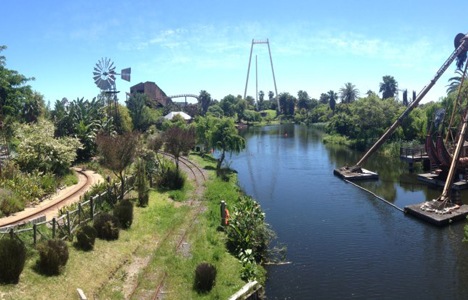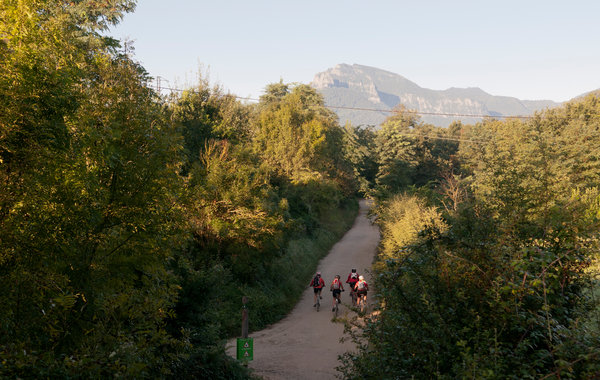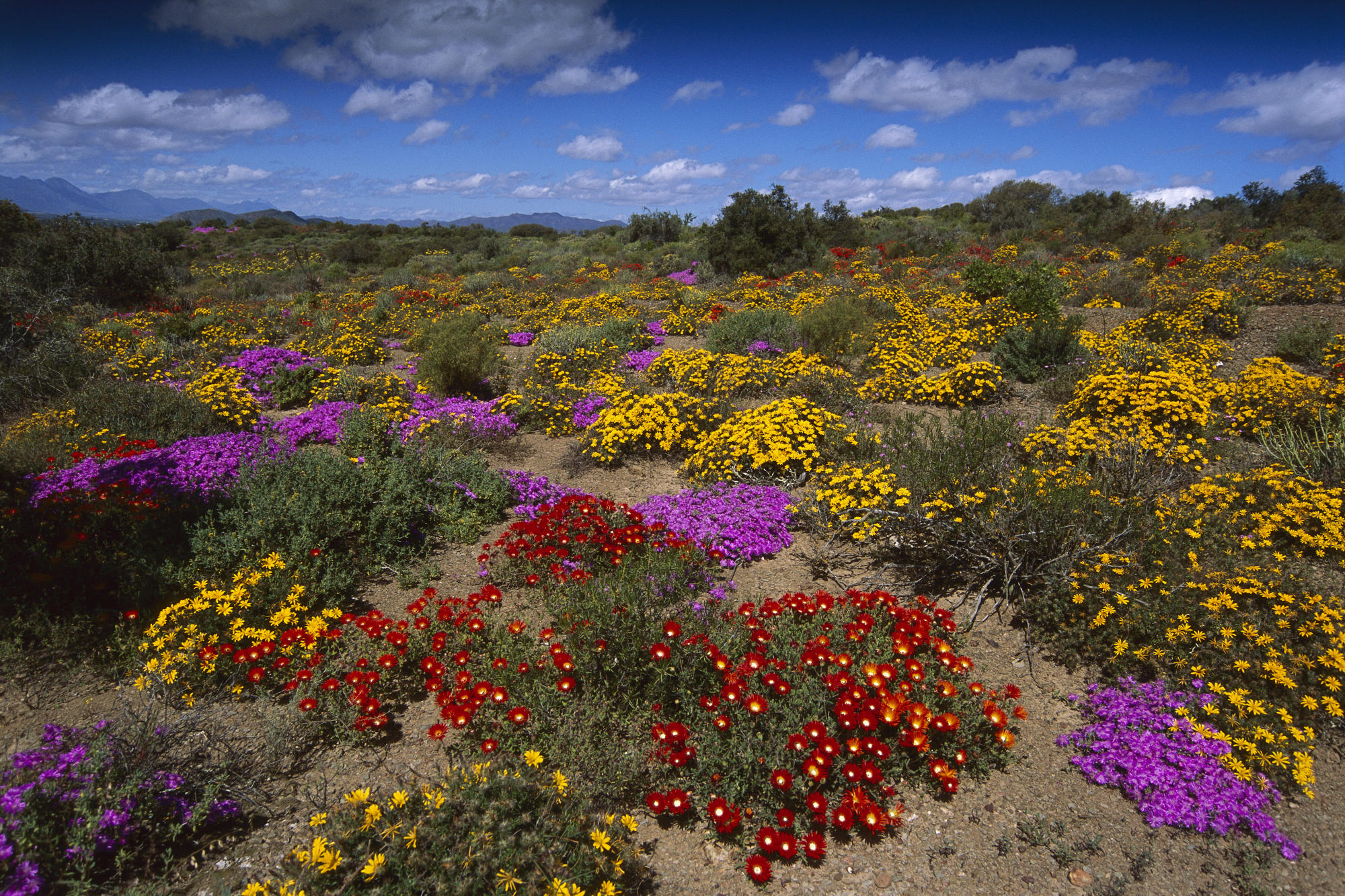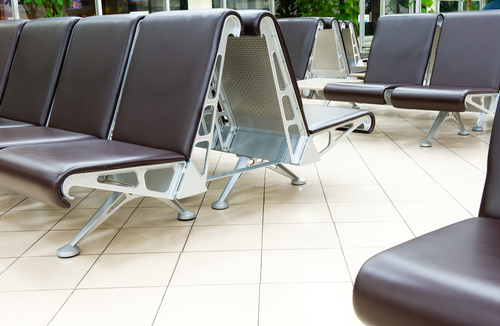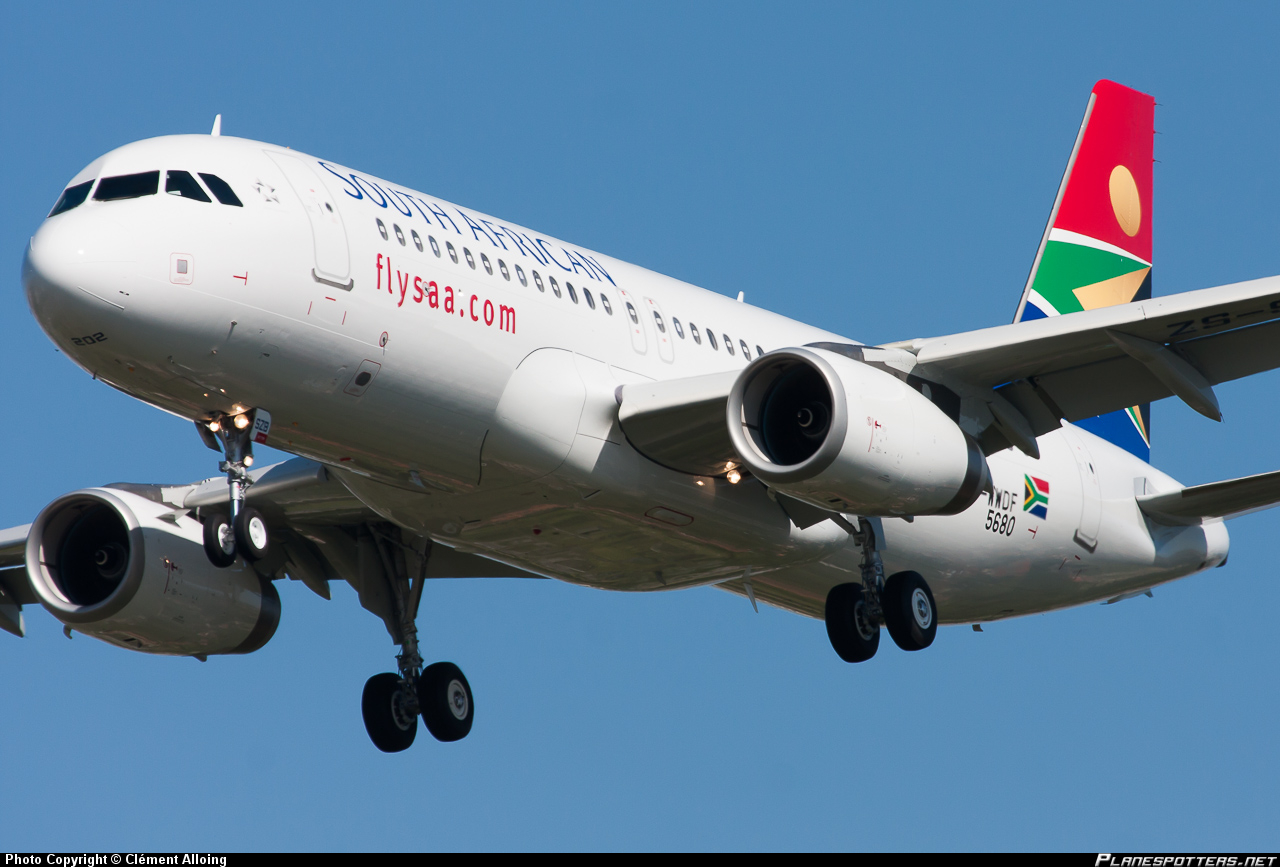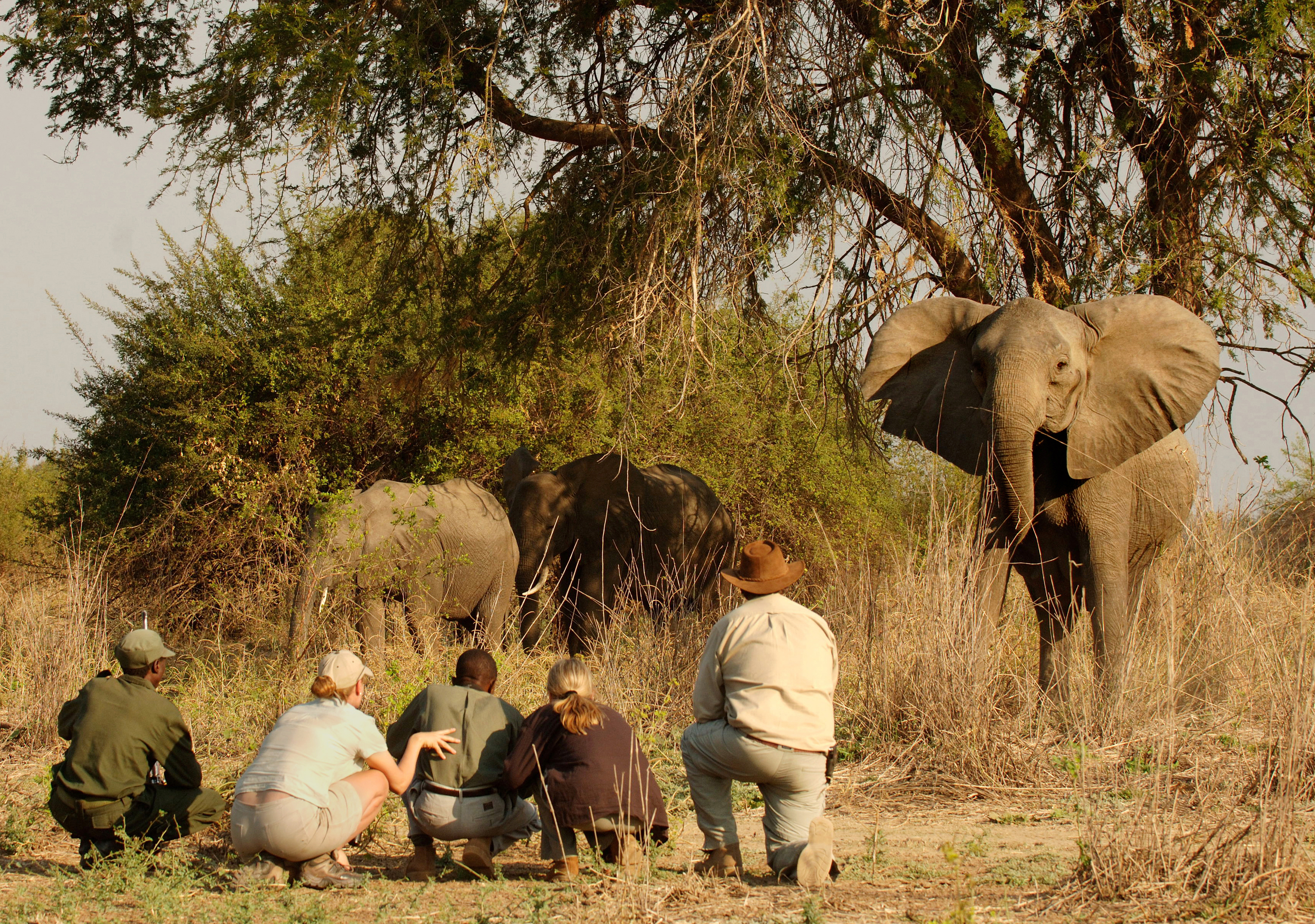South Africa’s top five theme parks promises plenty of fun
Amusement or theme parks in South Africa go beyond offering just fantastical and frivolous fun; they incorporate educational and historical attractions to provide a more holistic experience the whole family can enjoy. South Africa’s top five theme parks can be found throughout the country and rank highly on the visitor’s list of must-dos.
Fun and learning go well together at South African styled theme parks. Carnival rides including looping rollercoaster rides, bumper cars and big wheels; exhilarating wildlife centred shows to historical attractions form the centrepiece around which these amusement parks revolve, catering for a wide variety of entertainment activities for all ages to enjoy.
1. Gold Reef City
Gold Reef City forms a comfortable combination of a multitude of exhilarating adrenaline-pumping gut-wrenching rides to a farmyard of animals, kiddie’s corner and an amphitheatre showcasing tribal dancing. Located in the heart of Johannesburg, this top rated theme park houses a museum offering a peak into 19th century life in Johannesburg that tells the golden tale of this metropolis’ beginnings, 30 thrilling adventure rides, underground tours of the still operational mine and gold-pouring demonstrations. Aptly named rides such as the Tower of Terror, the Anaconda, the Miner’s Revenge and the Golden Loop is just a sample of the breathtaking escapades available; although not for the faint-hearted.
2. Sun City theme park
This highly popular tourist attraction is situated in the North West province and is attached to the Sun City resort complex. The overwhelming number of family-oriented leisure and entertainment options is why this iconic theme park reserves its popular reputation with both local and foreign visitors. Entertainment options on offer are a variety of adventure sporting activities, safari tours, Valley of the Waves (a water park with a 6500m² wave pool, plunge pool) and Kamp Kwena (a children’s activity park with trampolines, mini-cars and adventure golf).
3. Ratanga Junction
Ratanga Junction is Cape Town’s offer to South Africa’s theme park contingent characterised by subtropical plants and winding waterways. Boasting over 30 attractions, 24 of which are scintillating heart stopping gravity-defying rides with names such as the Slingshot, The Cobra, The Diamond Devil Run, Congo Queen, Crocodile Gorge, Bushwhacker, and Monkey Falls; it comes as no surprise that this entertainment world ranks highly on the city’s list of tourist attractions. Shopping and leisure options presented by this theme park include snake and exotic bird exhibitions as well as live music shows.
4. uShaka Marine World
Located in the sun-kissed city of Durban is the world renowned uShaka Marine World. This visionary family-oriented entertainment complex is hard to beat for those wanting some fun in the sun. An underground aquarium, a water park complete with slides, splash and palm-lined swimming pools, recreation of a wreck of an old 1920 cargo ship, dolphin and seal stadium showcasing award-winning dolphin shows. For shopping enthusiasts there is Village Walk enclosed within the complex with over 11 250m2 of retail speciality stores, restaurants and other indigenous and tourist-focused goods and services.
5. Plett Puzzle Park
Fun-infused entertainment activities at the Plet Puzzle Park in Plettenberg Bay are a work out for both the mind and body. Attractions include the life-size 3D maze, the first of its kind in South Africa; a Rope Maze, jungle gym, coffee and gift shop. Navigate your way through the Forest Puzzle Walk with word, shape and general knowledge challenges.

